Hot Off the Presses
Check out my guest blog post, “Which telephoto lenses do I bring? Traveling with big glass and more” on the Canon Digital Learning Center here.
|
This image was created with the tripod-mounted Canon EF 200-400mm f/4L IS USM Lens with Internal 1.4x Extender (with the internal TC in place at 506mm) and the Canon EOS-1D X). ISO 1600. Evaluative metering +2/3 stop as framed: 1/400 sec. at f/5.6 in Manual Mode. Two sensors above the central sensor/AI Servo-Surround/Rear Focus on the bear’s muzzle below the eyes active at the moment of exposure. Click here if you missed the Rear Focus Tutorial. Click on the image to see a larger version. |
Not a Bad Start
We had been scheduled to fly out to meet the bear boat on Monday, September2, but the day dawned windy and dark and by mid-morning the Kodiak weather was Armageddon-like. Everyone was of course disappointed but with all Happy Campers along things remained pleasant. It was my first ever lost day on a Bear Boat IPT.
We did an extensive Bear Boat introductory session in the early afternoon. Then participant and multiple-IPT veteran David Neilson wowed everyone including denise and me with his spectacular Greater Prairie Chicken, Sharp-tailed Grouse, and prairie chicken X sharp-tailed hybrid images. With David on a roll he shared some of his Smart Object/NIK Color EfexPro techniques with the group.
The weather the next morning was huge improved. We flew in two float planes to Geographic Harbor in Katmai National Park. Five of us were with Roland on Seahawk Air’s venerable Beaver. We were at the boat a little after 10am. The flight of the Widgeon, a vintage WWII wheel/float plane was delayed as they played catch-up from messed up Monday. The boat captain raised Steve Harvey, pilot of the small, yellow float plane on the radio only to learn that there was no visibility at the mouth of the bay. They were circling outside of a big fog bank.
But ten minutes later we heard the plane over head and all on board photographed the big yellow bathtub toy as it landed.
With high tide at 2:20pm, I said, “Get your gear ready, try on a pair of hip waders, and eat fast when the food is up. The sooner we get out there the more time we will have with the bears.” Everyone cooperated beautifully and by 11:45 or so we were photographing Coastal Brown Bears chasing and catching salmon. The gravel bars and grassy islands were strewn with hundreds if not thousands of Pink and Chum Salmon carcasses so many of the bears were fat and lazy, simply picking up nearly dead spawned-out salmon from the fast flowing stream. Everyone, however, was thrilled, as many seemingly huge bears approached the group within 15 or 20 feet; all grizzlies look huge at close range.
|
This image was created with the hand held Canon EF 200-400mm f/4L IS USM Lens with Internal 1.4x Extender (at 266mm) and the Canon EOS-1D X). ISO 800. Evaluative metering +1 1/3 stops off the stream: 1/2000 sec. at f/4 in Manual Mode. Central sensor/AI Servo-Surround/Rear Focus just caught the top of the gull’s head, active at the moment of exposure. Click here if you missed the Rear Focus Tutorial. Click on the image to see a larger version.
|
The Gulls
Hundreds of gulls of three species, Mew, Glaucous-winged, and Black-legged Kittiwake (in order of abundance), gather along and on the salmon streams to feast on the salmon roe and the carcasses. These birds provide great photographic opportunities when the wind and light cooperate. While nearly all of the folks in the group were fixated on the bears, I concentrated on the gulls in flight as the wind and what light there was were behind us. As a result, the birds were flying towards me as they dipped into the stream to pluck out single fish eggs.
I started off hand holding and did that until my left arm became too tired to continue. I did well using both methods.
As the tide rose, the bears disappeared into the bushes in search of berries so we headed back to the ship for lunch.
|
This image was created with the tripod-mounted Canon EF 200-400mm f/4L IS USM Lens with Internal 1.4x Extender (with the internal TC in place at 473mm) and the Canon EOS-1D X). ISO 200. Evaluative metering +2/3 stop as framed: 1/8 sec. at f/8 in Manual Mode. Central sensor/AI Servo-Surround/Rear Focus as framed active at the moment of exposure. Click here if you missed the Rear Focus Tutorial. Click on the image to see a larger version. |
After Dinner Blurs
As the tide dropped, several bears materialized at the mouth of the creek. We quickly got dressed, geared up, and loaded the skiff. As the clouds were thick, light levels were very low when we began photographing. I immediately decided that I would be better off trying to make some pleasing blurs. As the bears were new to most everyone in the group but David Neilson, everyone was using high ISO settings in order to have shutter speeds fast enough to freeze the motion. Denise Ippolito did just that and created two killer ISO 4000 images with her 5D Mark IV and the much-maligned 100-400; each showed the same bear in pursuit of an airborne salmon. I hope to share those two images with you at some point.
|
This image was created with the tripod-mounted Canon EF 200-400mm f/4L IS USM Lens with Internal 1.4x Extender (at 266mm) and the Canon EOS-1D X). ISO 1600. Evaluative metering +1 1/3 stops as framed: 1/500 sec. at f/4 in Manual Mode. |
Photoshop Session
After a relatively early dinner, I did a Photoshop session that emphasized Quick Masks, Layer Masks, a variety of image clean-up techniques, and some NIK Color Efex Pro stuff. In other words, the usual. In the image above, there were more than a dozen gulls along the top of the frame; the key word being “were. “ I used a variety of techniques described in detail in Digital Basics. You can see the original image below.
Digital Basics is an instructional PDF that is sent via e-mail. It includes my complete digital workflow, dozens of great Photoshop tips including Digital Eye Doctor techniques, several different ways of expanding canvas, all of my time-saving Keyboard Shortcuts, Quick Masking, Layer Masking and NIK Color Efex Pro basics, creating and using time-saving Actions, and tons more.
|
This is the original from which the optimized image above was created. |
Your Favorite?
Which of the four images above do you think is the strongest? Be sure to let us know why.
The Mini-Flower Photography Seminar, Friday, September 13: 8:30am till 12:30pm, Canby Oregon
As part of the Swan Island Dahlia Farm Instructional Photo-Tour, September 11-15, 2013 (sold out; see here for details), denise and I will be presenting a 1/2-Day Mini-Flower Photography Seminar. Folks wishing to register for the mini seminar only may do so for only $49.
Denise will begin by presenting her “Bloomin’ Ideas” program, an overview of the in-the-field and post-processing techniques that she has used and developed over the past few years to create her signature look. Artie will follow with a Photoshop session that will be geared towards all levels. He’ll be sharing some of his favorite techniques and tips while working on images from the first two days of the IPT. Denise will conclude the morning seminar with a Photoshop demo; she will share her creative workflow using a variety of Photoshop filters and effects. The entire morning is designed to give you a peek into the minds of two very skilled and creative folks.
To register for the Mini-Flower Photography Seminar call Jim or Jennifer at 863-692-0906 with your credit card in hand.
Exhibition Opening, American Museum of Bird Art at Mass Audubon, Canton, MA
BIRDS AS ART/The Bird Photography of Arthur Morris
All are invited to the exhibition opening at the American Museum of Bird Art at Mass Audubon at 1pm on Sunday, September 28, 2013. (963 Washington Street, Canton, MA 02021. 1-781-821-8853.) The exhibition, which is being sponsored by Canon USA/Explorers of Light, will run from September 29, 2013 – January 12, 2014. Open Tuesday through Sunday, 1 p.m. – 5 p.m.
35 framed images. Denise Ippolito and I will be there and hope that you will be too. Click here for additional details.
Expanding Your Creative Vision Nature Photography Seminar
Sept 30, 2013 9:00 am – 5:00 pm, Canton, MA.
Sponsored by Mass Audubon/Museum of American Bird Art
Non-members: $89.00/Members: $79.00
Click here to register
Spend an amazing day with Arthur Morris and Denise Ippolito in a full day nature photography seminar. Learn more about Denise on her website; be sure to visit her beautiful image galleries. You know me. 🙂 If you live withing 3 hours of Boston and love photographing nature this experience is not to be missed. Artie will be doing a Tuesday night program for Mass Audubon. Both events will held be in conjunction with the opening of a 35-image exhibition of his work at the Museum of American Bird Art on Sunday, September 29, 2013. See details above.
Schedule:
9:00 to 10:45am: Choosing and Using Lenses for Nature Photography BIRDS AS ART Style – Artie Morris
10:45 to 11:00am: break
11:00 to 12:00 noon: Blooming Ideas – Denise Ippolito
12:00 to 1:00pm: Lunch
1:00 to 2:00pm: Refining Your Photographic Vision: Artie Morris and Denise Ippolito
2:00 to 2:30: Pro Gear Handling Tips – Artie Morris and Denise Ippolito
2:30 to 2:45: break
2:45 to 3:45: Creating Pleasing Blur – Artie Morris and Denise Ippolito s
3:45 to 5pm: Image Critiquing. Registrants will be asked to submit no more than three 1400 (wide) or 1050 (tall) sharpened JPEGs via e-mail 2-4 weeks before the seminar. At least one image from each participant will be selected for review.
Click here to register
Mass Audubon Special Event: A Bird Photographer’s Story
I will be presenting ” A Bird Photographer’s Story” on Tuesday, October 1, 2103 from 7:00-9:00pm for Mass Audubon. This event, which will be held at the auditorium, Canton High School, 900 Washington St, Canton MA 02021, is being sponsored by Canon USA/Explorers of Light and will be free and open to the public. The event is being hosted by The Museum of American Bird Art at Mass Audubon.
Click here for additional details.
Typos
On all blog posts, feel free to e-mail or leave a comment regarding any typos, wrong words, misspellings, omissions, or grammatical errors. Just be right. 🙂
Support the BAA Blog. Support the BAA Bulletins: Shop B&H & Amazon here!
We want and need to keep providing you with the latest free information, photography and Photoshop lessons, and all manner of related information. Show your appreciation by making your purchases immediately after clicking on any of our B&H or Amazon Affiliate links in this blog post. Remember, B&H ain’t just photography!
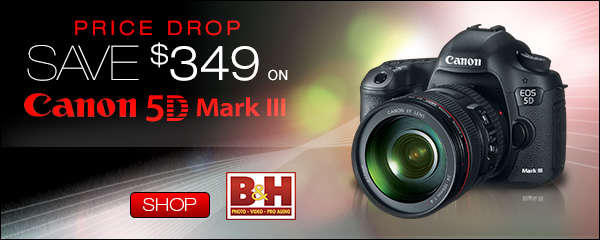





Amazon
Everyone buys something from Amazon, be it a big lens or deodorant. Support the blog by starting your search by starting your search by clicking on the logo-link below. No purchase is too small to be appreciated; they all add up. Why make it a habit? Because I make it a habit of bringing you new images and information on an almost daily basis.
And from the BAA On-line Store:
LensCoats. I have a LensCoat on each of my big lenses to protect them from nicks and thus increase their re-sales value. All my big lens LensCoat stuff is in Hardwood Snow pattern.
LegCoat Tripod Leg Covers. I have four tripods active and each has a Hardwood Snow LegCoat on it to help prevent further damage to my tender shoulders 🙂 And you will love them in mega-cold weather….
Gitzo GT3532 LS CF Tripod. This one replaces the GT3530LS Tripod and will last you a lifetime. Learn more about this great tripod here.
Mongoose M3.6 Tripod Head. Right now this is the best tripod head around for use with lenses that weigh less than 9 pounds. For heavier lenses, check out the Wimberley V2 head.
Double Bubble Level. You will find one in my camera’s hot shoe whenever I am not using flash.
The Lens Align Mark II. I use the Lens Align Mark II pretty much religiously to micro-adjust all of my gear an average of once a month and always before a major trip. Enjoy our free comprehensive tutorial here.
BreezeBrowser. I do not see how any digital photographer can exist without this program.
Delkin Flash Cards. I use and depend on Delkin compact Flash Cards and card readers most every day. Learn more about their great 700X and 1000X cards here or about my favorite Delkin card here.

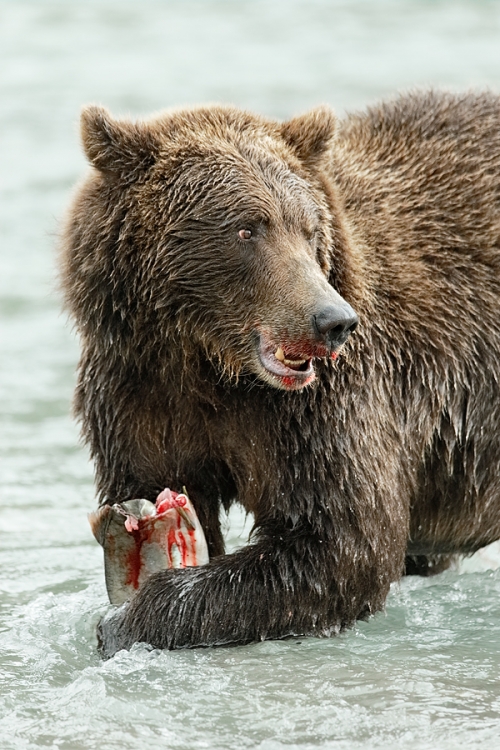
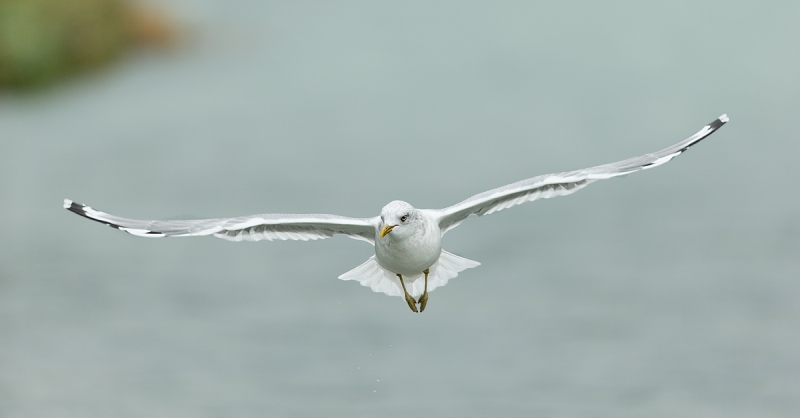
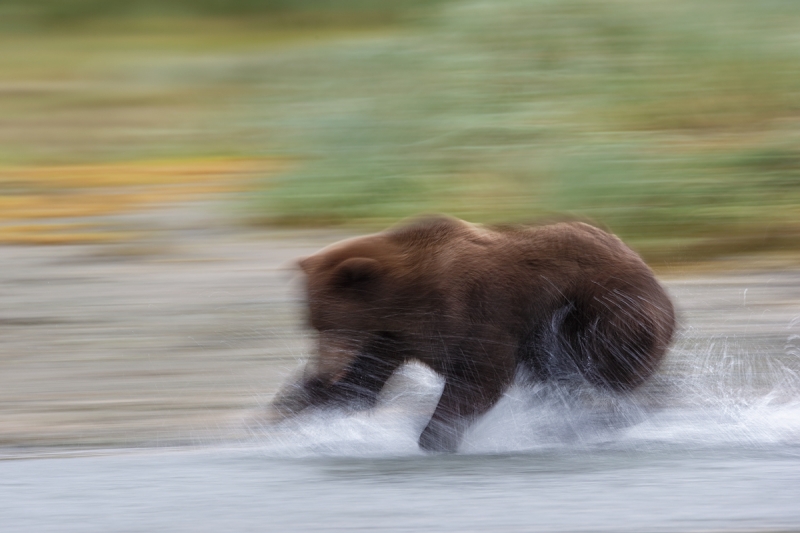

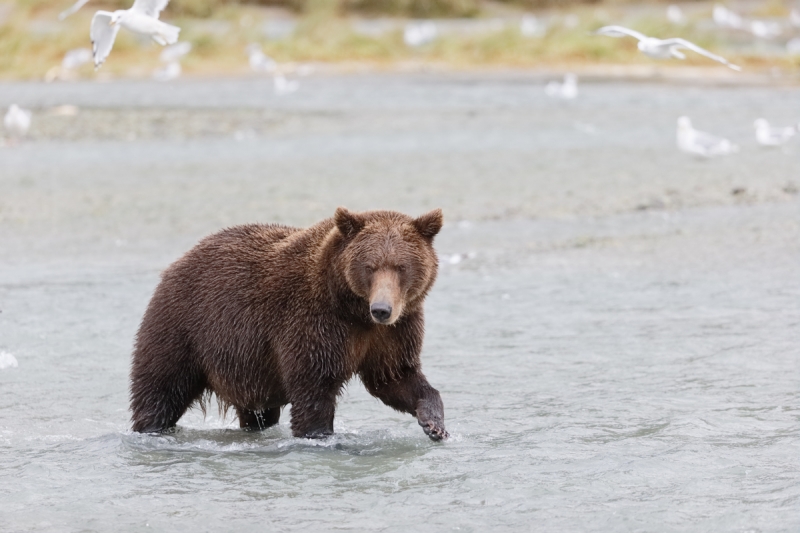
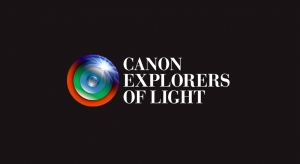
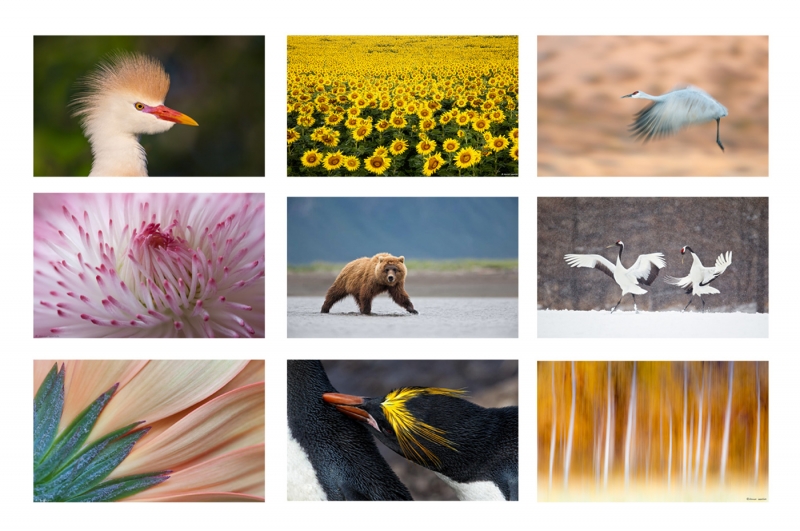













I like the 1st and last image the most. The 1st because it is such a strong composition and because of the fish. I like the last one of the bear with the gulls better than the PS version without the gulls. I think the gulls add something to the image and show more about the ecology of that place.
Markus
I find the first one to be the strongest, by far. It’s well framed, close-up, and the blood and half fish make it. I can almost smell the fish! It would be a great magazine cover image, but I find the magazines seem to be looking for eye contact with the big cats and mammals, whereas with birds, head angle and catch light work better with the bird not looking straight at you (with obvious exceptions to that).
Art, the top one is my favorite. Wonderful facial expression on the bear and it has amazing details including blood on the bear’s mouth and on the prey. The paw in the water gives a sense of action. The bear appears to be protecting his meal from a potential predator thief. Wonderful series!
Now I see Bill Richardson’s name and email. Arla
Bill is right. I see Ted Willcox”s name and email in “Leave a Reply” so something is wrong. 🙂 Arla
My favorite is the blur. I don’t know if I would say it is the strongest image, but it is the one I like best. Some blurs I don’t like at all, some I like a bit, some I like a whole lot, this is one of them. Also thanks for being so generous with your explanations and your short stories on what is happing there day by day, I find it very interesting reading!!
Last one is my fav. Classic pose with paw raised, nice modeling light, good head angle, no bad reflections in water. I would have cropped it a bit tighter though. (I have a very similar image on my wall so I may be biased!) Nice to hear some people had a good trip. I have been hearing a lot of complaining about a lack of bears due to a big berry crop up in the hills. Your description of the yellow float plane made me smile–I think it is the same plane I have ridden in a few times which was manufactured the same year I was born, 1948, but looks new (I don’t look new). BTW, when I went to post a reply, somebody else’s name and email appeared in the form–hi Rowland ;-0